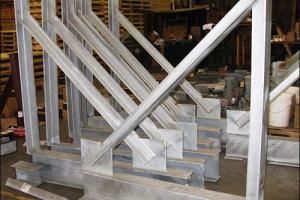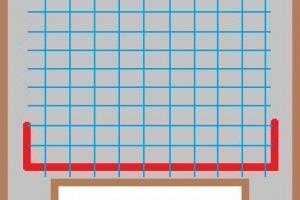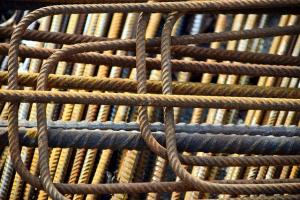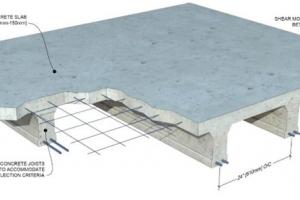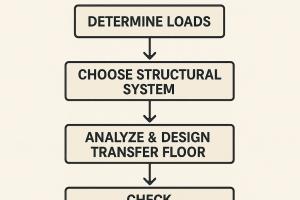Structural Design Criteria for Coastal Structures
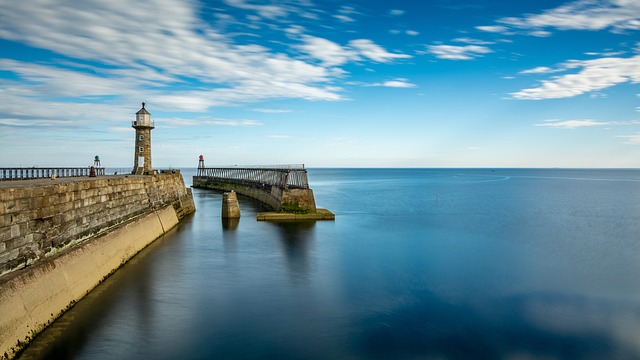
Coastal structures are structures that are constructed near the coastal areas for different purposes. Different types of coastal structures are constructed under different circumstances but the criteria to be used for the selection and design of specific types of coastal structures must be authentic and comply with the standards. There are various sets of criteria that need to be considered in the selection and design of coastal structures.
- Structural Stability Criteria
- Functional Performance Criteria
1. Structural Stability Criteria for Coastal Structures
These two areas are of primary concern for the selection and evaluation of coastal structures. Structural stability criteria are usually associated with extreme environmental conditions, which may cause severe damage to or failure of a coastal structure. These stability criteria are, therefore, related to episodic events in the environment (severe storms, hurricanes, earthquakes) and are often evaluated on the basis of risk of encounter probabilities. A simple method for evaluating the likelihood of encountering an extreme environmental event is to calculate the encounter probability (Ep) as:
Ep =1-(1-1/TR)
where TR = the return period
L = the design life of the structure (see Borgman, 1963)
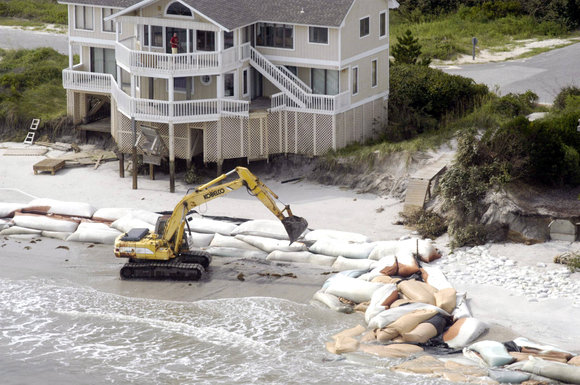
Typical Example of Coastal Structure
The greatest limitation to structural stability criteria selection is the need for a long-term database on critical environmental variables sufficient enough to determine reasonable return periods for extreme events.
For example, coastal wave data for U.S. coasts is geographically sparse, and in most locations where it exists the period of collection is in the order of 10 years. Since most coastal structures have a design life well in excess of 10 years, stability criteria selection often relies on the extrapolation of time-limited data or statistical modeling of environmental processes.
2. Functional Performance Criteria
Functional performance criteria are generally related to the desired effects of a coastal structure. These criteria are usually provided as specifications for design such as the maximum acceptable wave height inside a harbor breakwater system or the minimum number of years for the protective lifetime of a beach nourishment fill project. Functional performance criteria are most often subject to compromise because of initial costs. The U.S. Army Shore Protection Manual (1984) provides a complete discussion of coastal structures, their use, design, and limitation. A P-C-based support system entitled Automated Coastal Engineering System (ACES) is also available through the USAE Waterways Experiment Station, Coastal and Hydraulics Laboratory, Vicksburg, MS 39180-6199.
Structural Design Criteria for Coastal Structures
The design of coastal structures, such as seawalls, breakwaters, and groins, requires careful consideration of the specific coastal environment, wave conditions, sediment transport, and other factors. Here are some of the common structural design criteria for coastal structures:
1. Design Wave Conditions:
The design of coastal structures begins with an assessment of the wave conditions, including wave height, period, direction, and storm surge levels. This information is used to determine the design wave loadings that the structure needs to withstand.
2. Design Water Levels:
The design water levels account for factors like mean sea level, tidal variations, storm surge, and wave run-up. The structure needs to be designed to resist the forces and pressures exerted by these water levels, including wave overtopping.
3. Structural Stability:
Coastal structures must be designed to resist wave forces, wave-induced currents, and water pressure. Stability analyses consider factors such as overturning, sliding, and bearing capacity of the foundation. Stability measures may include factors of safety against these failure modes.
4. Structural Materials:
The selection of appropriate materials for coastal structures is crucial. The materials must be resistant to corrosion from saltwater exposure and durable in the harsh coastal environment. Common materials include reinforced concrete, steel, or composite materials.
5. Foundation Design:
The design of the foundation depends on the soil conditions at the site. Geotechnical investigations are conducted to determine the soil properties, bearing capacity, and potential for erosion or scour. The foundation design ensures that the structure is adequately supported and stable.
6. Climate Change Considerations:
With the increasing concerns of climate change, coastal structures are often designed with consideration for future sea-level rise, changes in storm patterns, and coastal erosion. Long-term planning and adaptation measures are incorporated into the design to ensure the structure's resilience and longevity.
7. Sediment Transport:
Coastal structures can affect sediment transport patterns along the coastline. The design must consider the potential impacts on sediment movement and beach erosion or accretion. Strategies such as beach nourishment or sediment bypassing may be employed to mitigate adverse effects.
8. Environmental Considerations:
Coastal structures should be designed with minimal environmental impact. Considerations may include preserving natural habitats, minimizing disruption to marine life, and incorporating features that enhance ecological functions.
It's important to note that specific design criteria may vary depending on the location, project objectives, and local regulations. Consulting with experienced coastal engineers and adhering to relevant design codes and guidelines are essential for ensuring the safety and effectiveness of coastal structures.







